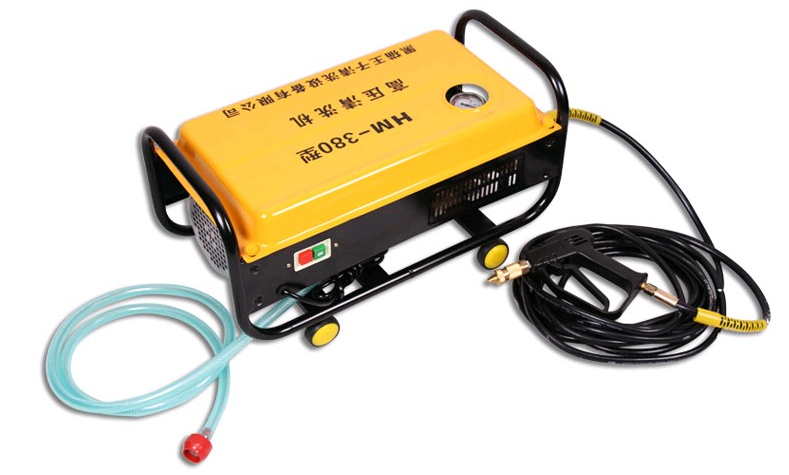layer chicken cages
Oct . 20, 2024 13:11 Back to list
layer chicken cages
Layer Chicken Cages Enhancing Egg Production and Animal Welfare
Layer chicken cages have become a significant aspect of modern poultry farming, particularly in egg production. These specialized cages are designed to house layer hens, enabling farmers to optimize their operations while maintaining the health and welfare of their birds. With a focus on efficiency, cleanliness, and sustainability, layer chicken cages play a crucial role in meeting the growing demand for eggs in a rapidly expanding population.
One of the primary advantages of layer chicken cages is their ability to maximize space. Traditional farming methods often require vast amounts of land and resources, which can lead to significant environmental impacts. In contrast, layer cages allow for the vertical stacking of chickens, thereby increasing the number of birds that can be raised in a smaller area. This not only optimizes land use but also makes management easier for farmers. The cages are designed to ensure that each bird has access to food, water, and ventilation, which are critical for their health and productivity.
In addition to space efficiency, layer chicken cages contribute to improved egg production
. Hens kept in these controlled environments tend to lay more eggs compared to their free-range counterparts. The cages provide a stable environment where factors such as temperature, humidity, and light can be regulated. By creating ideal conditions for the hens, farmers can enhance their reproductive performance, resulting in higher yields and more consistent egg quality.Furthermore, layer chicken cages facilitate better disease control and biosecurity. In a free-range system, birds can come into contact with wild animals, increasing the risk of disease transmission. Conversely, cages provide a contained environment that minimizes this risk. With reduced exposure to pathogens, farmers can maintain healthier flocks, which translates to lower medication costs and less reliance on antibiotics. This is a significant advantage, especially in an age where antibiotic resistance is a growing concern.
layer chicken cages

From a welfare perspective, modern layer chicken cages have undergone significant advancements. Contrary to the stereotype of cramped and inhumane living conditions, many contemporary cages are designed to prioritize chicken welfare. Enriched cages, for instance, offer hens more space and interactive features such as perches, nesting areas, and dust bathing spaces. These enhancements address the behavioral needs of the birds, allowing them to express natural behaviors while still benefiting from the advantages of a controlled environment.
Yet, it's essential to acknowledge the ongoing debates surrounding layer chicken cages and animal welfare. Critics argue that even enriched cages do not provide the same level of freedom as free-range systems. They highlight concerns about the quality of life for hens kept in confinement. As consumer awareness grows, there is increasing demand for transparency in the poultry industry, leading some farmers to adopt alternative systems such as free-range or pasture-raised production. However, the transition to these systems can be challenging and may not be feasible for all farmers, especially small-scale operations.
In response to consumer preferences, many producers are finding ways to balance efficiency with animal welfare. Some companies are investing in innovative cage systems that provide hens with more space and better living conditions. This approach allows farmers to meet market demand for ethically produced eggs while still benefiting from the productivity advantages of cage systems.
In conclusion, layer chicken cages have revolutionized the poultry industry by combining efficiency and productivity with a focus on animal welfare. As the global demand for eggs continues to rise, layer cages will likely remain a vital component of poultry farming. With ongoing advancements and a growing awareness of animal welfare issues, the poultry industry has the opportunity to evolve and adapt, ensuring that both farmers and consumers can benefit from a sustainable and responsible approach to egg production. By embracing innovation and listening to consumer concerns, the industry can pave the way for a future where productivity and animal welfare go hand in hand.
-
Hot Sale 24 & 18 Door Rabbit Cages - Premium Breeding Solutions
NewsJul.25,2025
-
Automatic Feeding Line System Pan Feeder Nipple Drinker - Anping County Yize Metal Products Co., Ltd.
NewsJul.21,2025
-
Automatic Feeding Line System Pan Feeder Nipple Drinker - Anping County Yize Metal Products Co., Ltd.
NewsJul.21,2025
-
Automatic Feeding Line System - Anping Yize | Precision & Nipple
NewsJul.21,2025
-
Automatic Feeding Line System - Anping Yize | Precision & Nipple
NewsJul.21,2025
-
Automatic Feeding Line System-Anping County Yize Metal Products Co., Ltd.|Efficient Feed Distribution&Customized Animal Farming Solutions
NewsJul.21,2025






